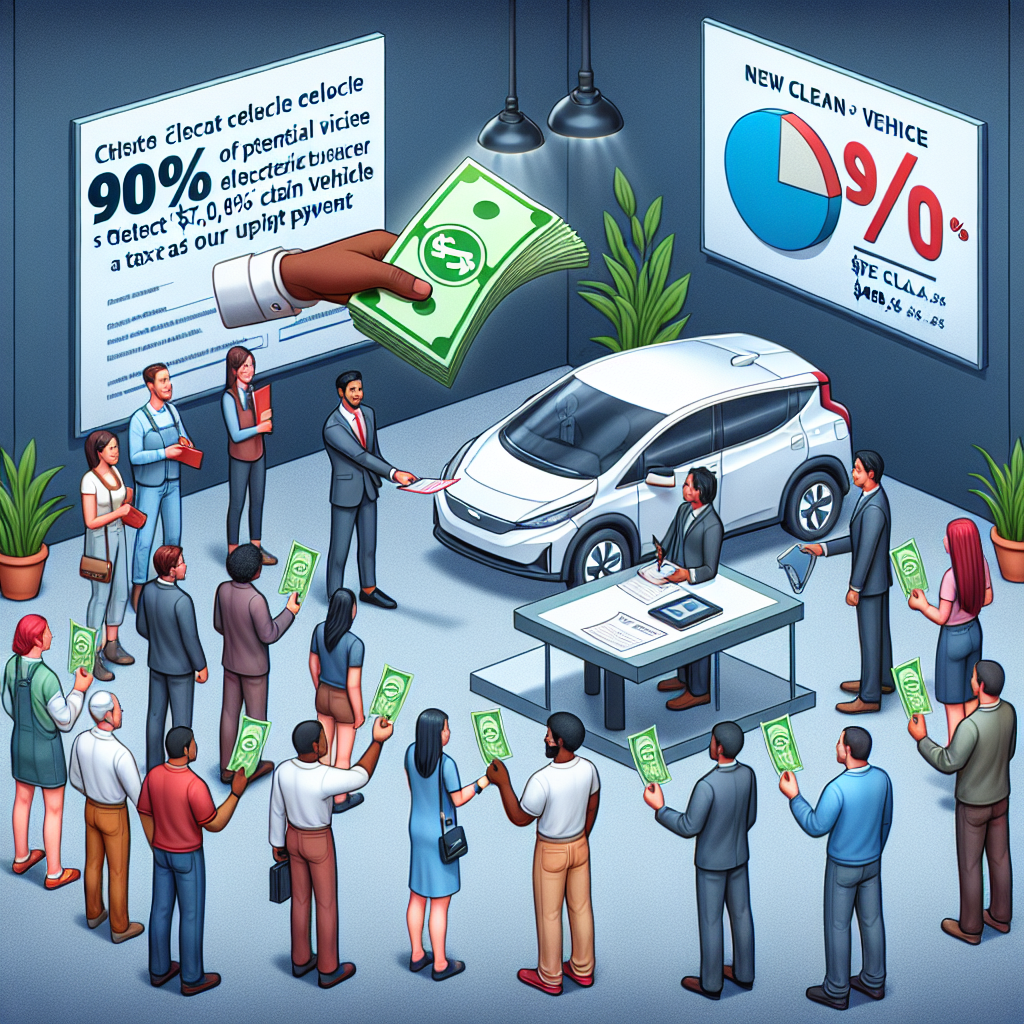
- ORIGINAL NEWS
90% of qualifying electric-vehicle buyers opt for $7,500 ‘new clean vehicle’ tax credit as upfront payment, Treasury says
- SUMMARY
The Inflation Reduction Act introduced a significant change for electric vehicle (EV) buyers in the US: the option for an upfront tax break instead of waiting until tax season to claim the credit.
Under the previous system, EV buyers had to wait for tax season to claim up to $7,500 in tax incentives.
However, the new law allows buyers to receive an advance payment of the tax break, which can be used as a discount on the purchase price of a qualifying EV.
Around 90% of eligible EV buyers have opted for the advance payment, a popular option due to its convenience and accessibility.
Dealers can provide the discount on behalf of the government, and the IRS reimburses the dealer.
The advance payment is particularly beneficial for those with low annual tax burdens, who might not be able to fully utilize the tax break under the old system.
Regardless of tax liability, eligible buyers receive the full value of the tax credit through the advance payment.
The advance payment provision also applies to used EVs, with a credit of up to $4,000.
While some dealerships participate in the advance payment program, not all do.
Over 13,000 dealerships have registered with the IRS to facilitate these payments, but not all EV models qualify for the tax break.
To qualify, EVs must meet specific manufacturing requirements aimed at promoting domestic production.
Currently, 36 new EV models meet these requirements, and some qualify for a reduced credit of $3,750.
Buyers must meet income and vehicle price thresholds and sign an affidavit at the dealership to confirm their eligibility.
- NEWS SENTIMENT CHECK
- Overall sentiment:
positive
Positive
“About 90% of qualifying consumers buying a new EV have opted to get their tax break as an advance payment, a Treasury Department official said.”
““It means that it’s popular,” Ingrid Malmgren, policy director at nonprofit EV advocacy group Plug In America, said of the data.”
Negative
“Of course, there are some caveats to the advance payments.”
“Not all these franchises or independent dealers necessarily sell EVs.”
